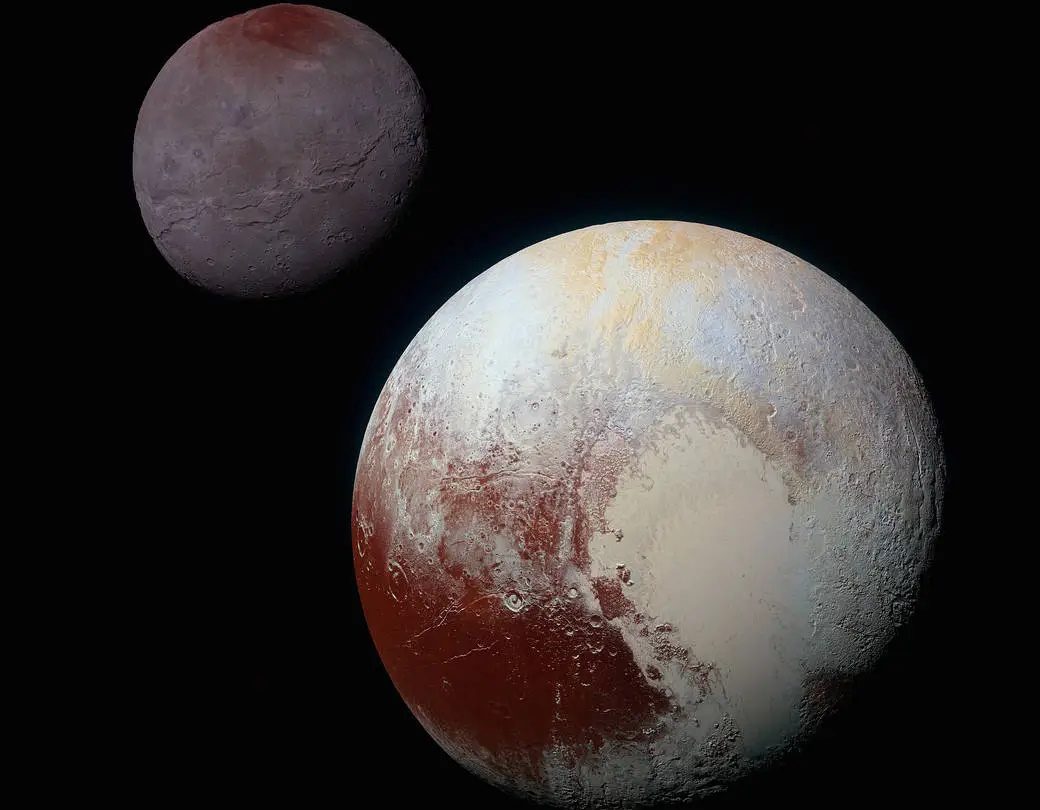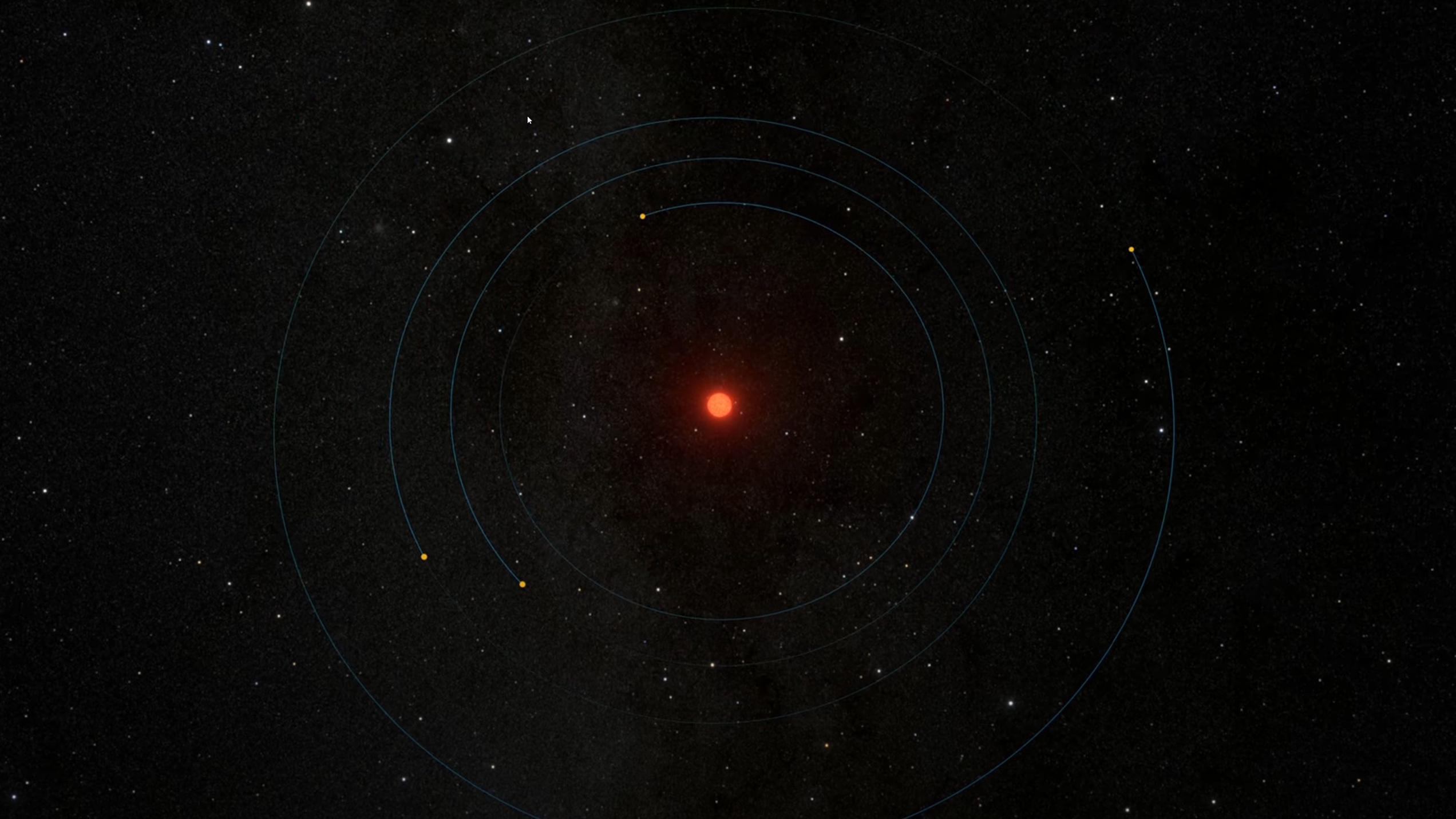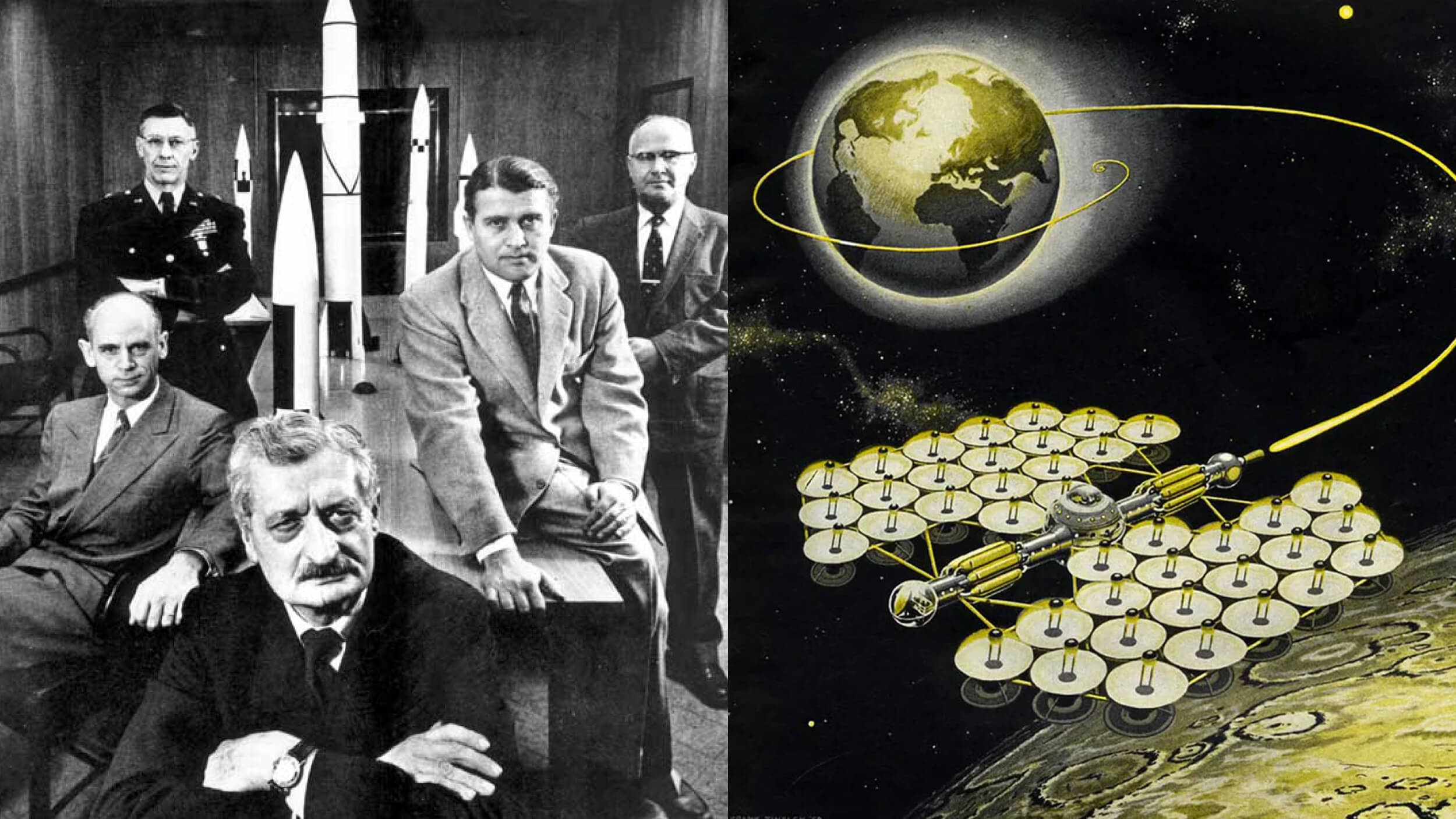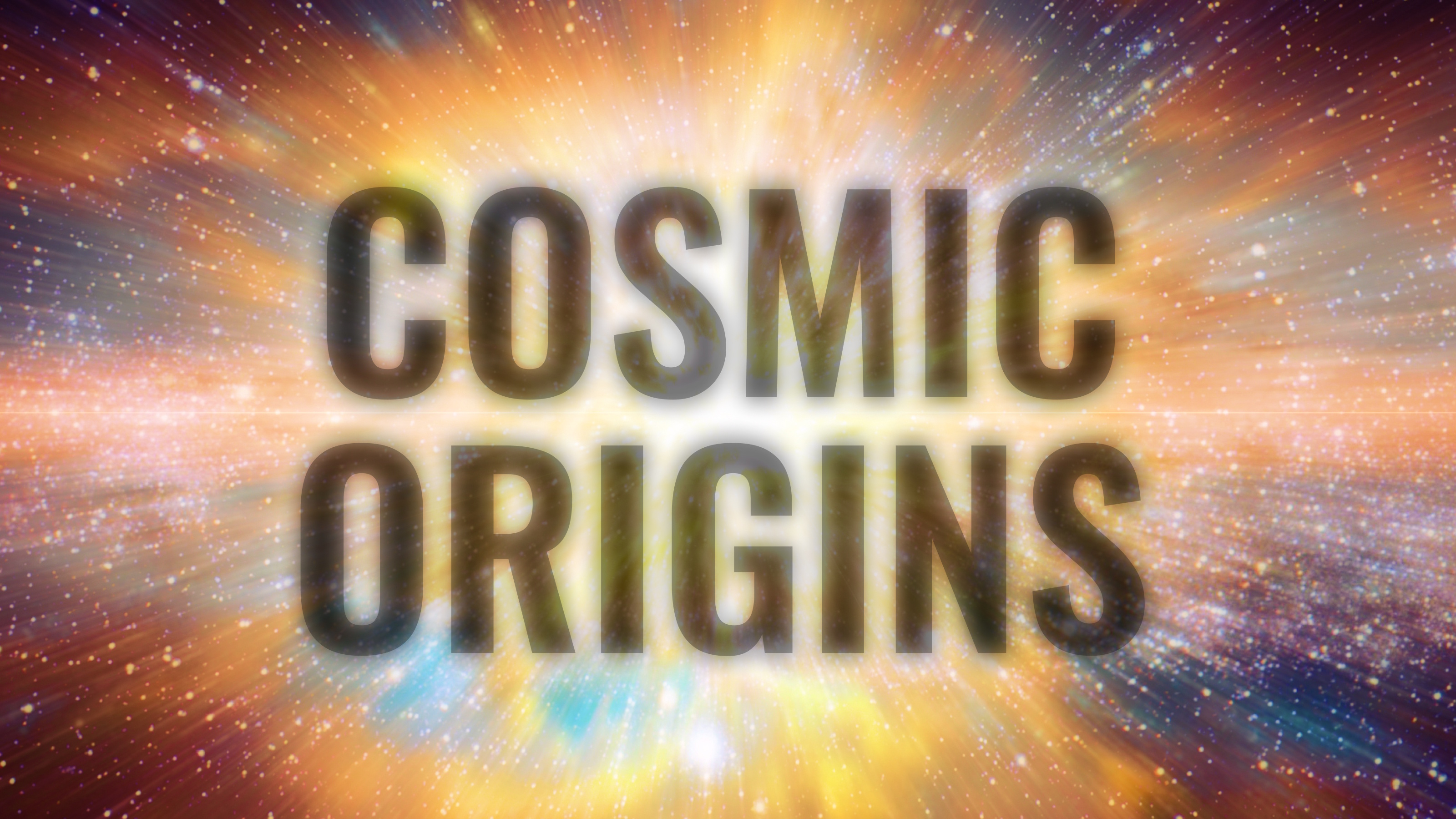Starts With A Bang podcast #114 – Pluto and Charon

- It was way back in 1930 that we discovered our first Kuiper belt object: Pluto. The second one wouldn’t be discovered for another 48 years, and was Pluto’s large moon: Charon.
- In the time since, we’ve discovered four other Plutonian moons, as well as many other objects in the outer Solar System, many of which have large moons as well. Pluto-Charon is impressive, but not unique.
- So how did Pluto and Charon form? From two bodies that gravitationally interacted? From a giant impact that kicked up debris? Here’s how the new scenario, “kiss and capture,” incorporates both elements.
Out there in the Universe, there are tremendous, uncountable numbers of planetary systems just waiting to be discovered. But stellar systems won’t just consist of planets orbiting a parent star; there will be moons, asteroids, Kuiper belt-like objects, and many of them will be bound together into their own rich sets of systems, with both irregular and round bodies comprising these planetary systems.
Here in our own Solar System, we have at least three notable large, terrestrial-sized bodies with impressive lunar systems of their own: the Earth-Moon system, the Mars-Phobos-Deimos system, and the Plutonian planetary system. Pluto, interestingly, is orbited by Charon, which is very large and massive compared to Pluto, an unusual and possibly unique, or most extreme, configuration of all known such bodies. But how did it get to be that way? That’s the topic of this podcast, and the research focus of this month’s guest: Dr. Adeene Denton.
It’s kind of amazing what variety can emerge in terms of surviving systems from ancient planetary collisions, but by running simulations and understanding the geology of these worlds, we can learn more about what’s possible, likely, and unlikely in our Universe. Dive into this fascinating conversation and learn some cutting-edge science along the way!





